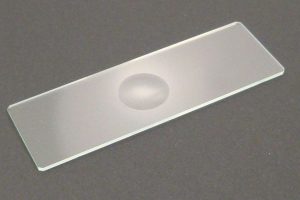Physiotherapy and osteopathy are two distinct but complementary healthcare disciplines. Each offers unique benefits and approaches to treating various conditions. Here’s a detailed comparison of the pros and cons of both therapies, focusing on Integral Performance Physio-Osteo.
Physiotherapy
Pros:
- Targeted Treatment: Physiotherapy focuses on specific areas of injury or dysfunction, providing targeted treatment plans that include exercises, manual therapy, and modalities like ultrasound and TENS.
- Rehabilitation: Ideal for post-surgical recovery, sports injuries, and chronic conditions. Physiotherapists design rehabilitation programs to restore function and mobility.
- Preventive Care: Physiotherapy emphasizes preventive care through strengthening and conditioning exercises, reducing the risk of future injuries.
- Evidence-Based: Treatments are based on scientific research and clinical evidence, ensuring effective and safe care.
Cons:
- Limited Holistic Approach: Physiotherapy primarily focuses on the musculoskeletal system and may not address other aspects of health, such as visceral or cranial issues.
- Requires Active Participation: Patients need to actively participate in exercises and follow home programs, which may be challenging for some individuals.
Osteopathy
Pros:
- Holistic Approach: Osteopathy treats the body as a whole, addressing not only the musculoskeletal system but also the nervous, circulatory, and visceral systems. This comprehensive approach can improve overall health and well-being.
- Manual Techniques: Osteopaths use hands-on techniques to improve mobility, reduce pain, and enhance circulation. These techniques can be gentle and non-invasive.
- Stress Reduction: Osteopathic treatments promote relaxation and reduce tension, benefiting both physical and mental health.
- Complementary Care: Osteopathy can complement other healthcare treatments, enhancing the effectiveness of overall care.
Cons:
- Less Focus on Active Rehabilitation: Osteopathy may not emphasize active rehabilitation exercises as much as physiotherapy, which can be a limitation for certain conditions.
- Varied Approaches: The holistic nature of osteopathy means that treatment approaches can vary significantly between practitioners, which may affect consistency.
Combining Physiotherapy and Osteopathy
Pros:
- Comprehensive Care: Combining both therapies offers a holistic and targeted approach, addressing multiple aspects of health and providing well-rounded care.
- Enhanced Recovery: The integration of physiotherapy and osteopathy can lead to faster and more effective recovery by addressing both symptoms and underlying causes.
- Personalized Treatment: Patients receive personalized care tailored to their specific needs, ensuring optimal outcomes.
Cons:
- Coordination Required: Combining both therapies requires coordination between practitioners, which may be challenging for some patients.
- Cost: Receiving care from both physiotherapists and osteopaths may increase the overall cost of treatment.
Conclusion
Both physiotherapy and osteopathy offer unique benefits and can be highly effective in treating various conditions. The choice between the two depends on individual needs, preferences, and specific health issues. Integral Performance Physio-Osteo provides an integrative approach, combining the strengths of both therapies to offer comprehensive and personalized care. By understanding the pros and cons of each discipline, you can make an informed decision that best suits your health and well-being.




